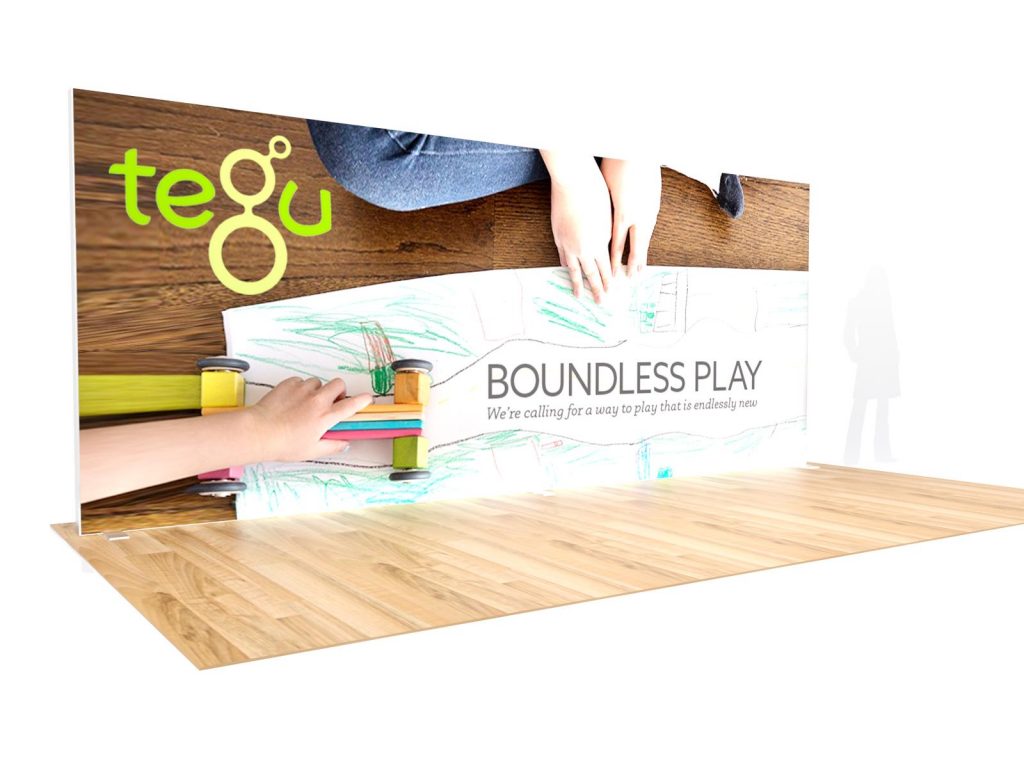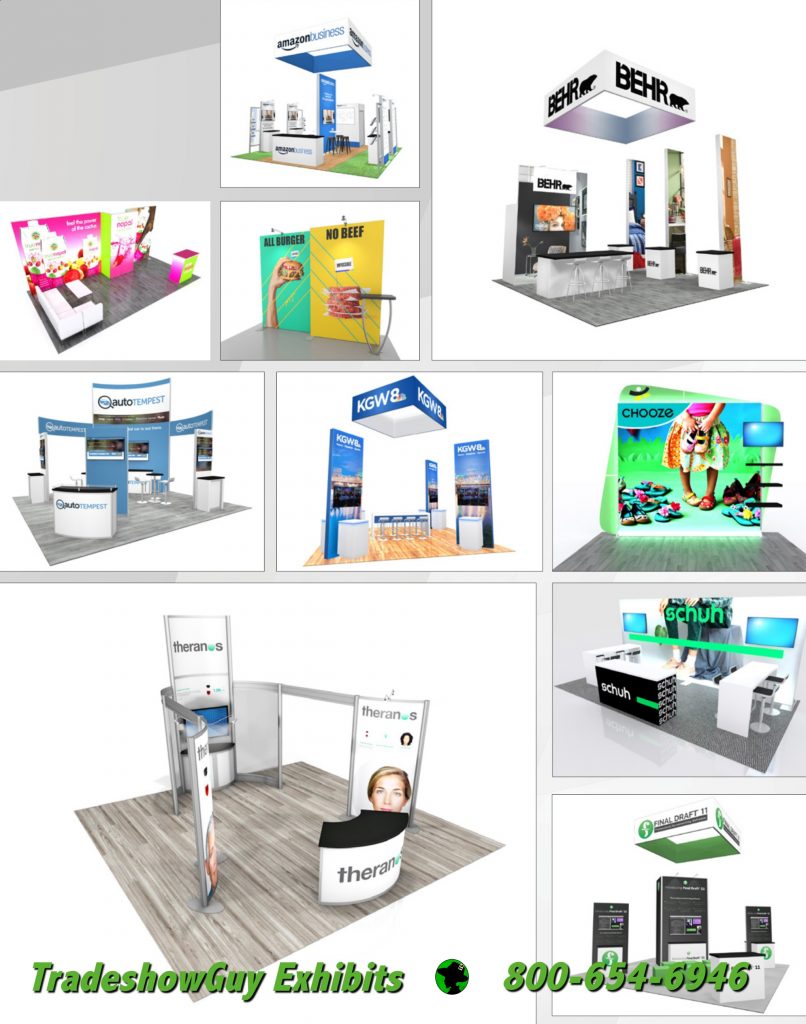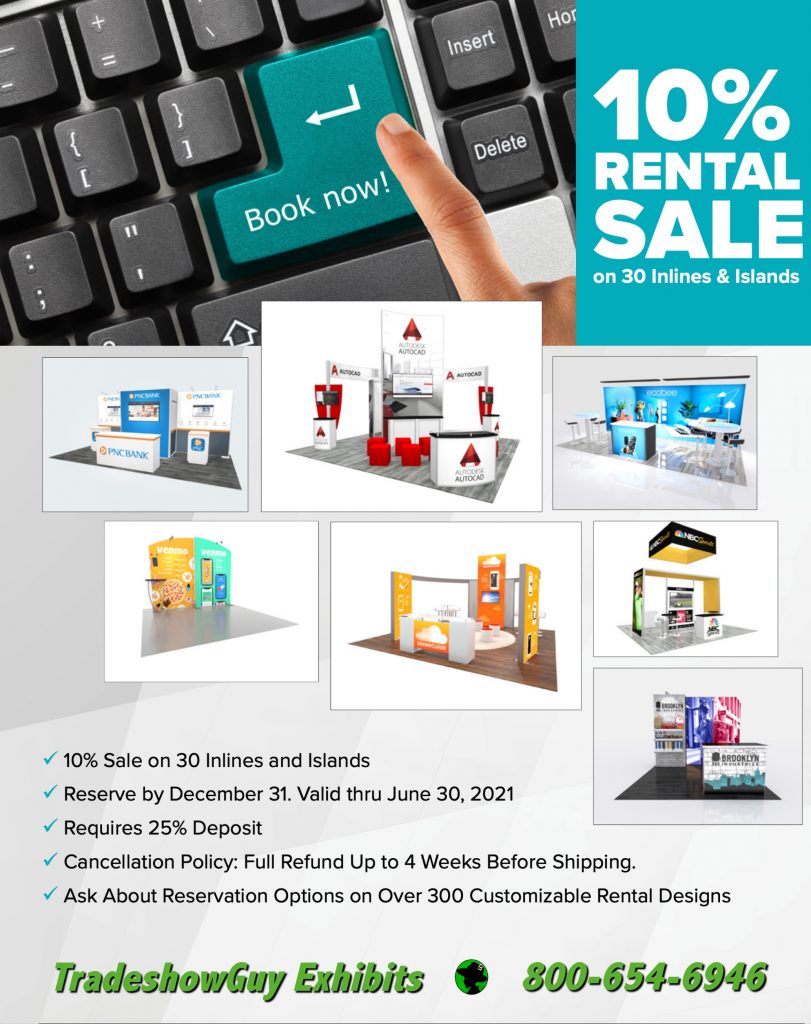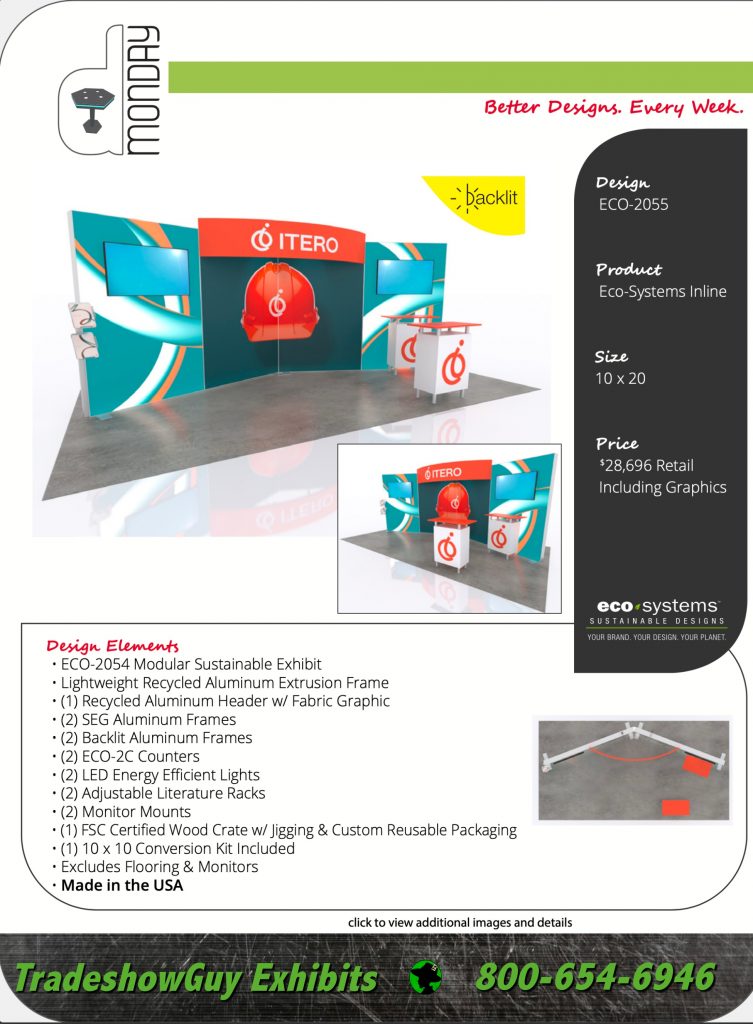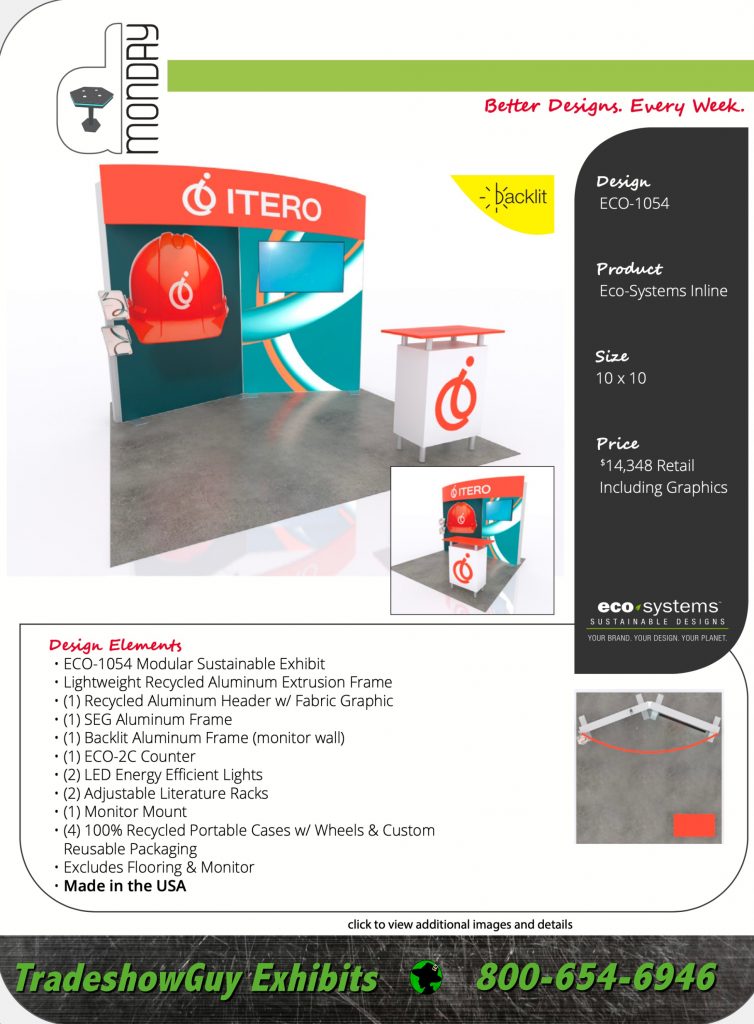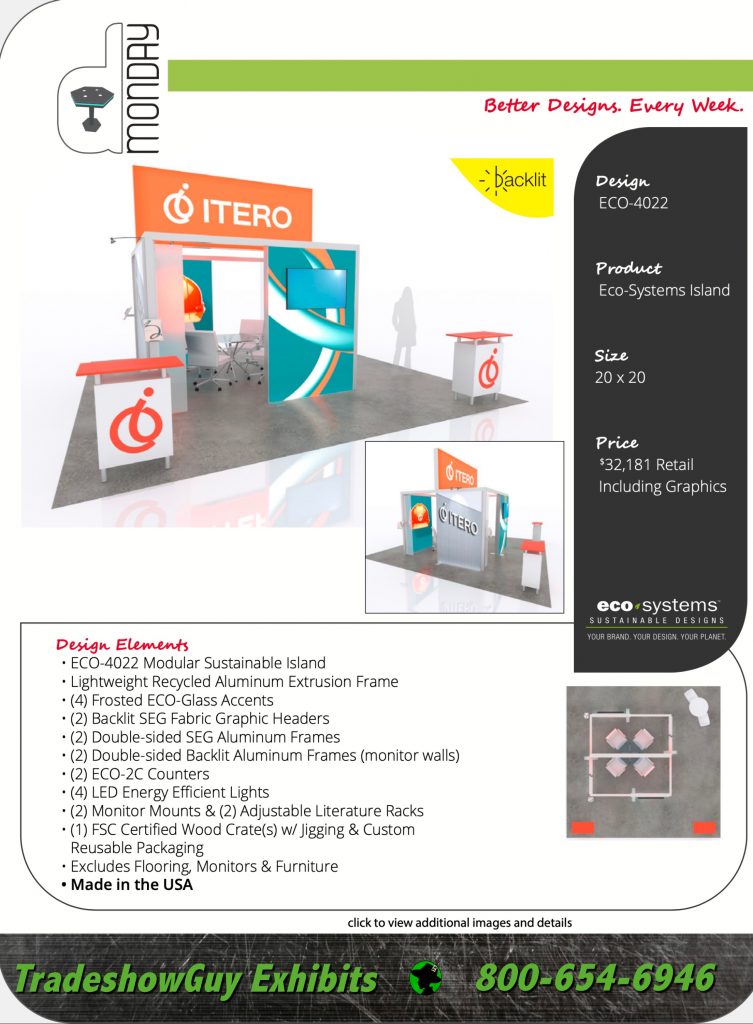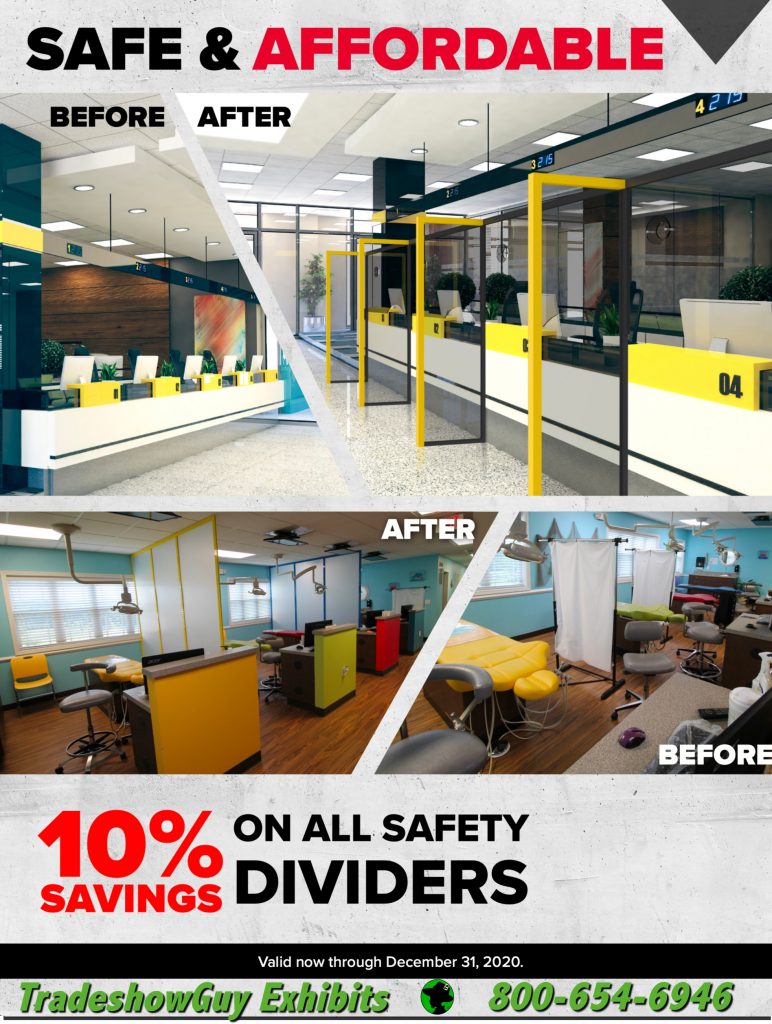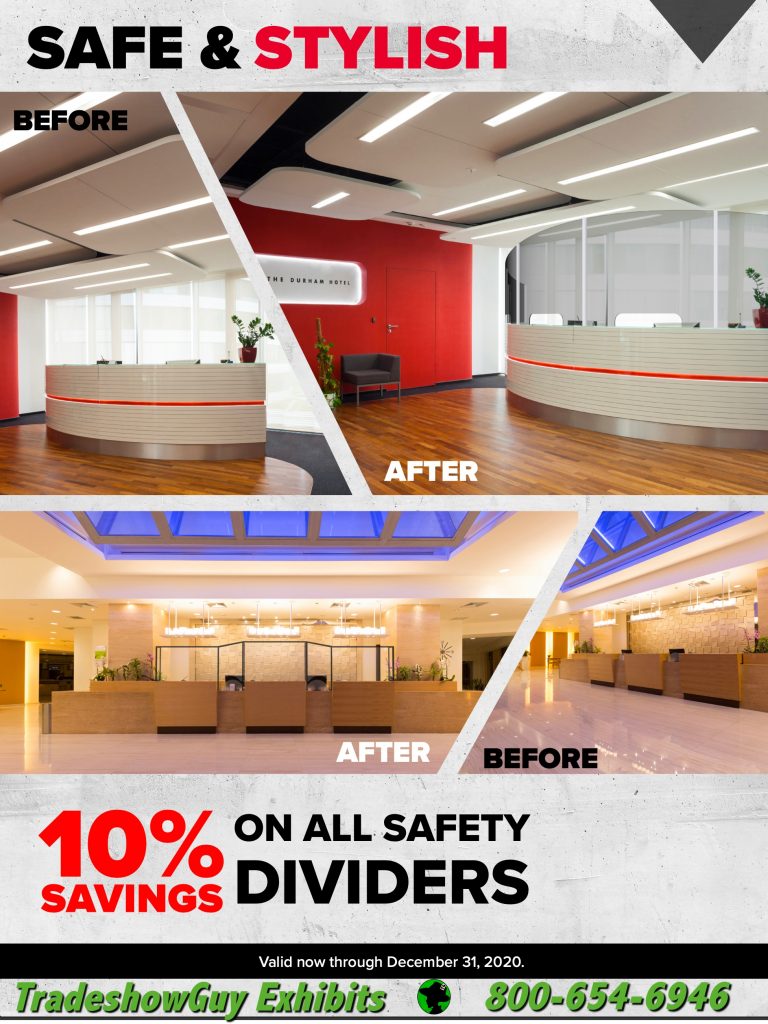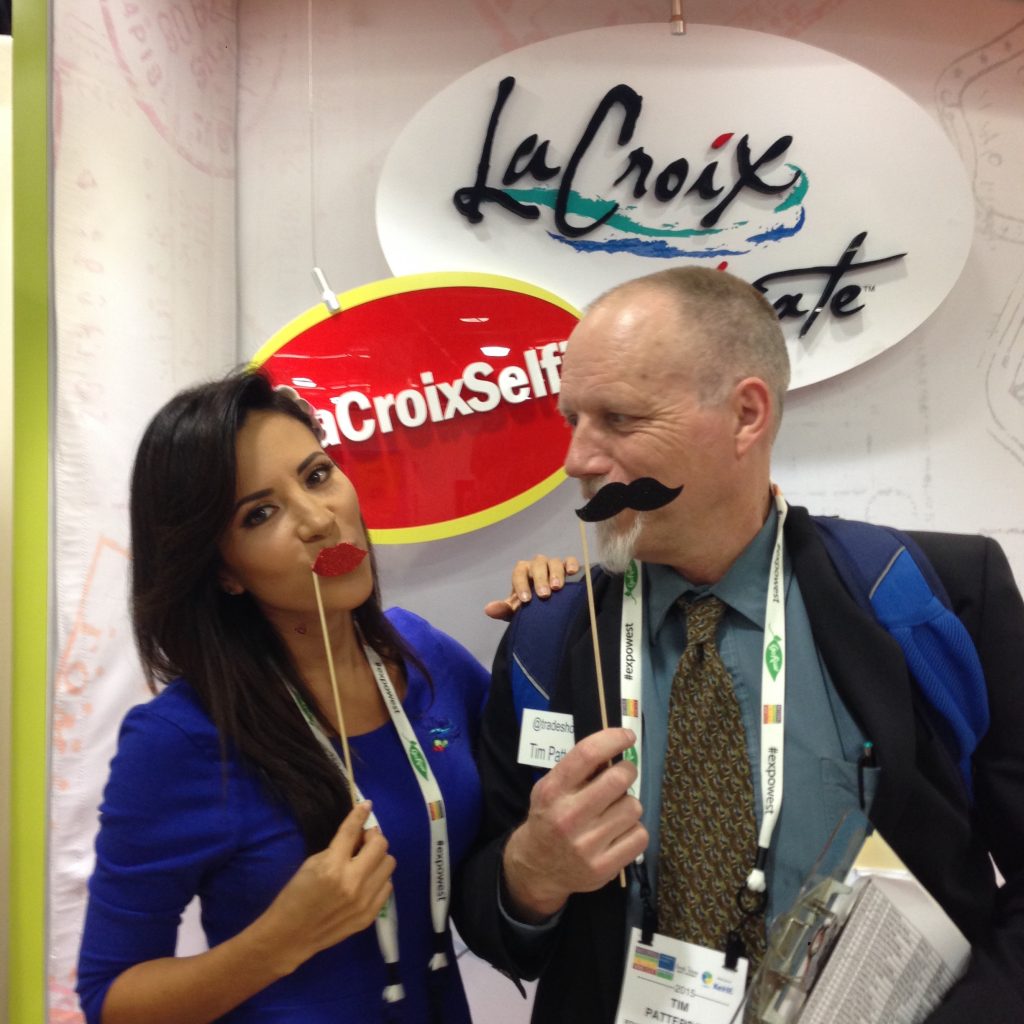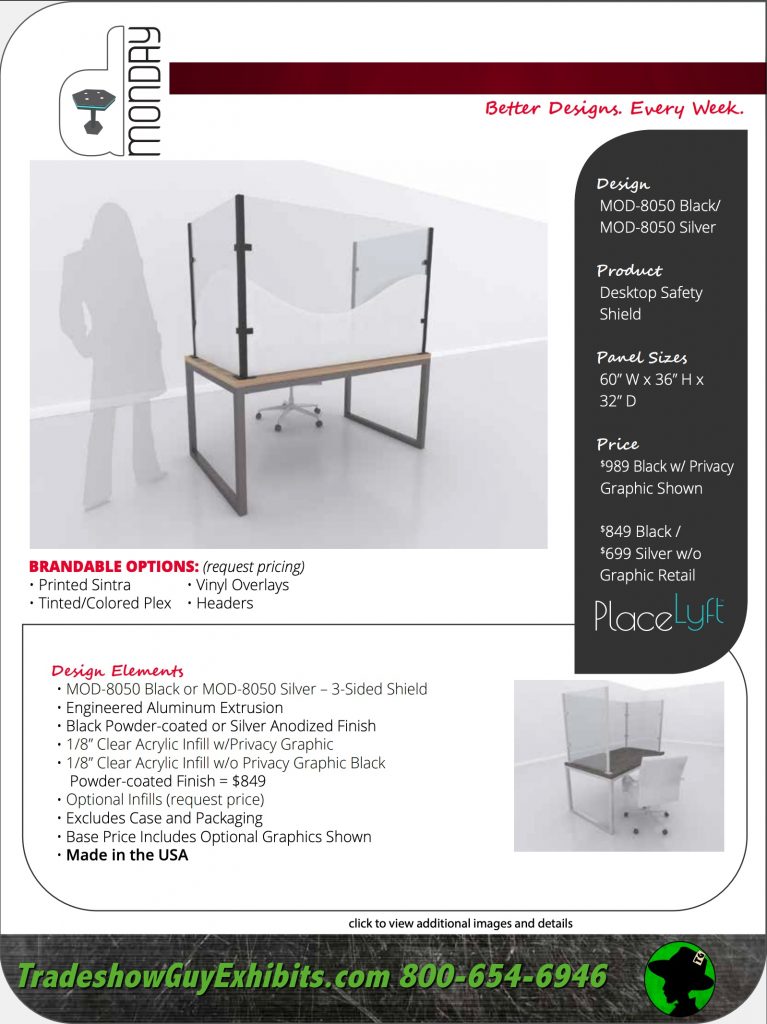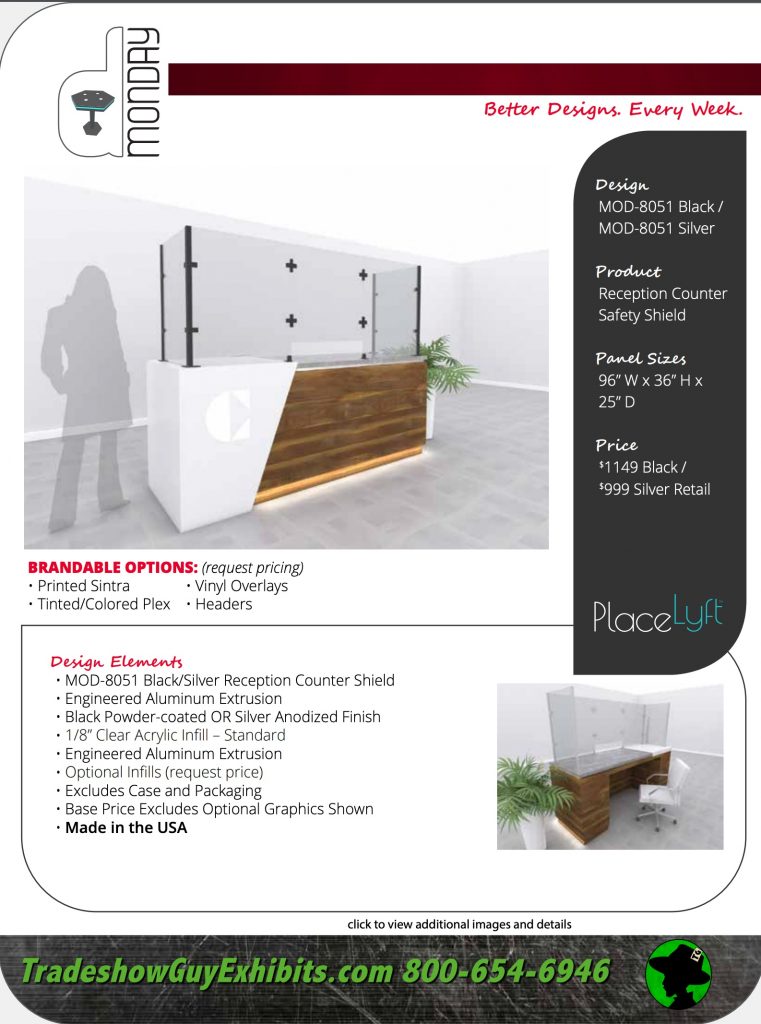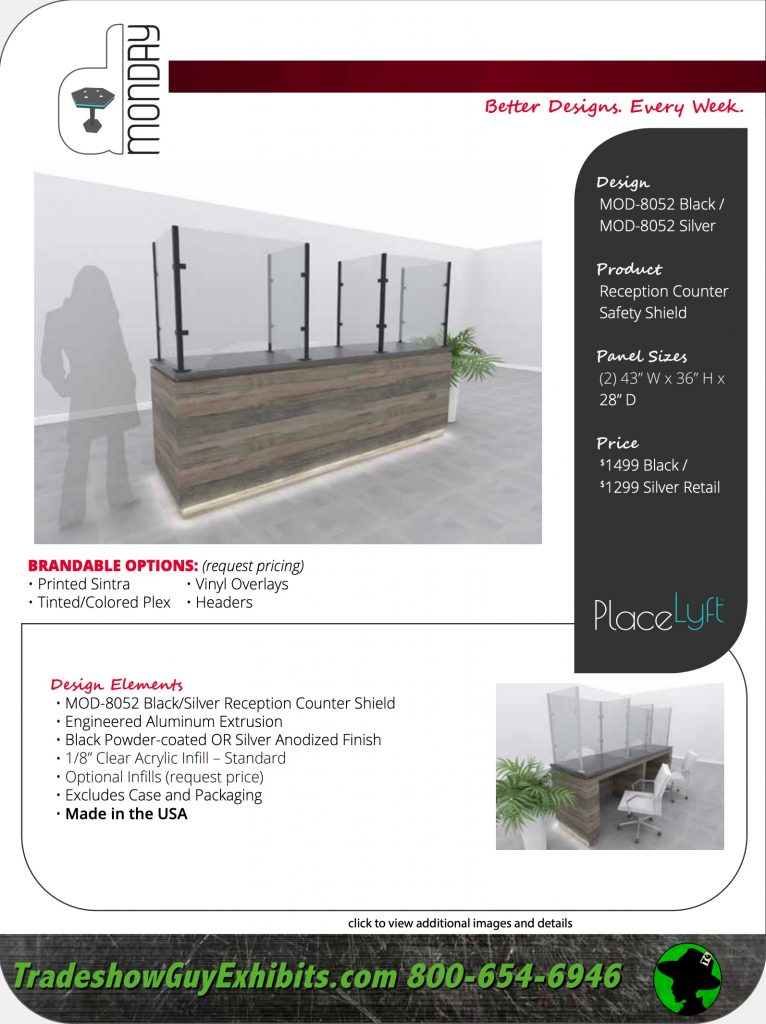How to Plan for When Things Go Wrong at the Tradeshow
No, things don’t always go wrong when exhibiting at a tradeshow, but when they do, it can throw you and your team for a loop. The best way to deal with what happens when things go wrong is plan for them to go wrong.
Obviously, you can’t game out every scenario. But you can at least anticipate a few things, right?
One way to see what things might possibly go wrong is to read Exhibitor Magazine’s Plan B column, a monthly ‘you-are-there’ description of actual events where things went wrong. Sometimes terribly. But you get to see the creative ways in which people dealt with an unexpected circumstance.
What are some of the things that can go wrong? How about a missing shipment, where only part of your exhibit shows up? Or new graphics are printed but you haven’t had a chance to review them or test them on the exhibit frame because, you know, timing? Or finding out that your booth space wasn’t where it was supposed to be and wasn’t as big as planned.
Frankly, a million things can go wrong and the hardest part of dealing with something unexpected is that you’re in an unfamiliar place. And you may be setting up on a weekend, or in a different time zone and you can’t reach the people you normally would rely on.
And of course, the time crunch of making things happen in short order because the show will open on time whether you’re ready or not.
A few things that I believe can make a difference: knowing who to call. Knowing your vendors or shippers on a first name basis. Having cell phone numbers of critical people who can make things happen quickly, like printers, exhibit makers and more.
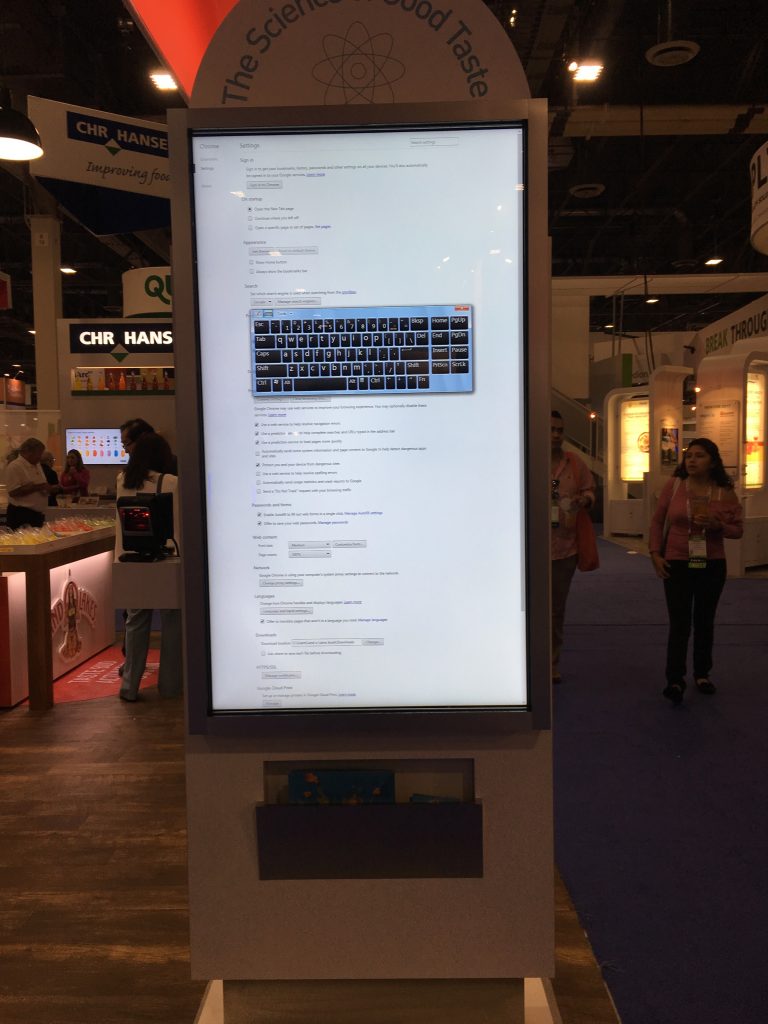
Another common denominator is that most of the problems take place early on during setup, which means making sure all of your vendors are on alert for anything from late night phone calls to early morning emails to deal with situations that arise.
One way to head off potential problems is to get ahead of the game as much as possible. Get graphics designed sooner than you might normally plan. Get them produced and fitted ahead of time. Set up the exhibit prior to packing it for shipping to make sure all pieces are there and still fit; we all know that exhibits are packed away quickly and that some things get broken or bent or torn and no one will notice until it’s too late. Which means that one of the best things you can do is go through your exhibit crates on a slow day shortly after they return from the show. It’ll give you a chance to take the time to confirm that all is as it should be or uncover potential issues way before you’re under a time crunch.
Bottom line: be as prepared as possible before things ship and have contact info for all of the players at your disposal (and have a full-charged phone or a portable power pack!). And if all of those plans don’t head off a problem, work with the creative people in your setup crew and booth staff. Putting heads together instead of trying to solve everything on your own is probably the best way to work your way through a difficult and stressful unexpected problem.

